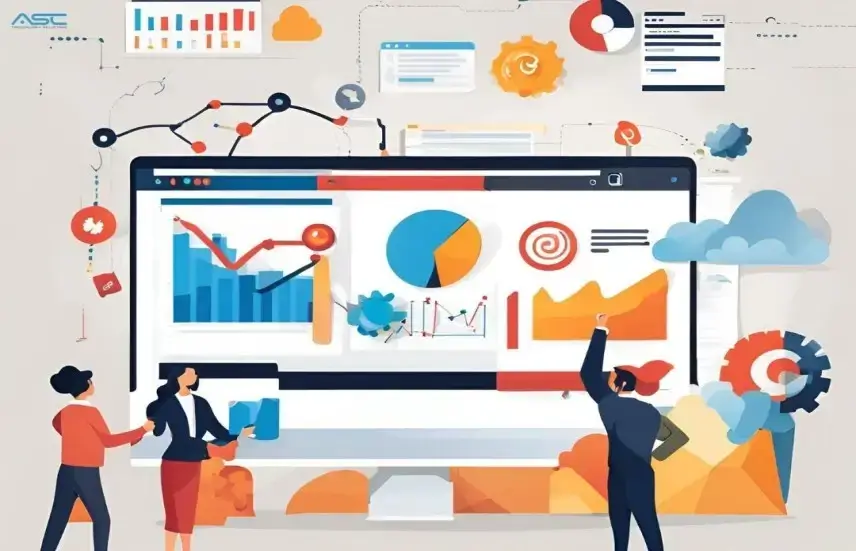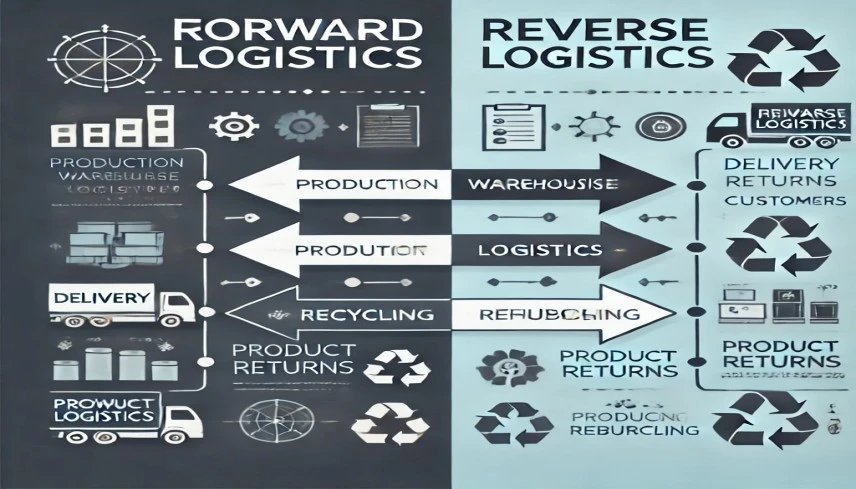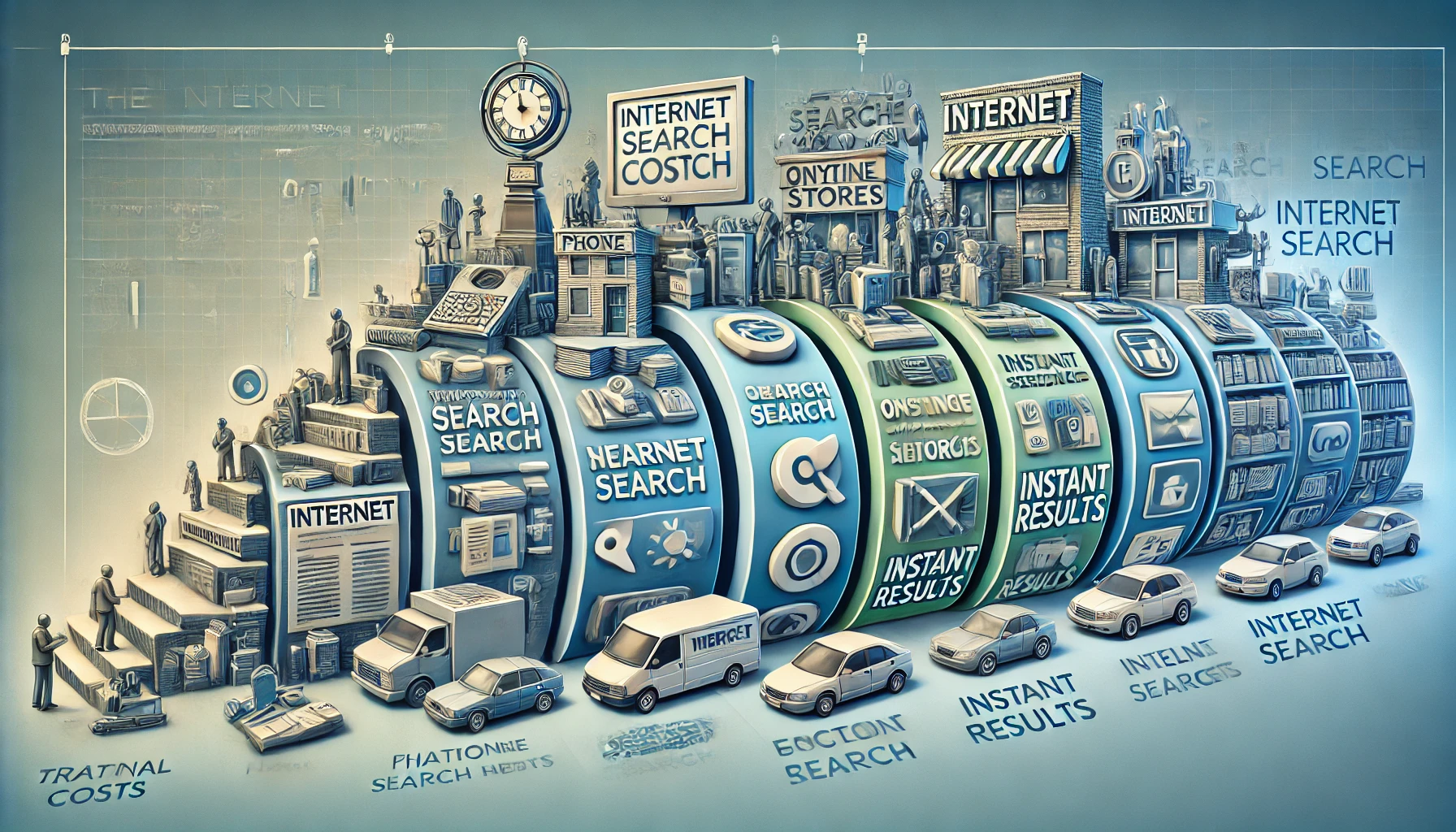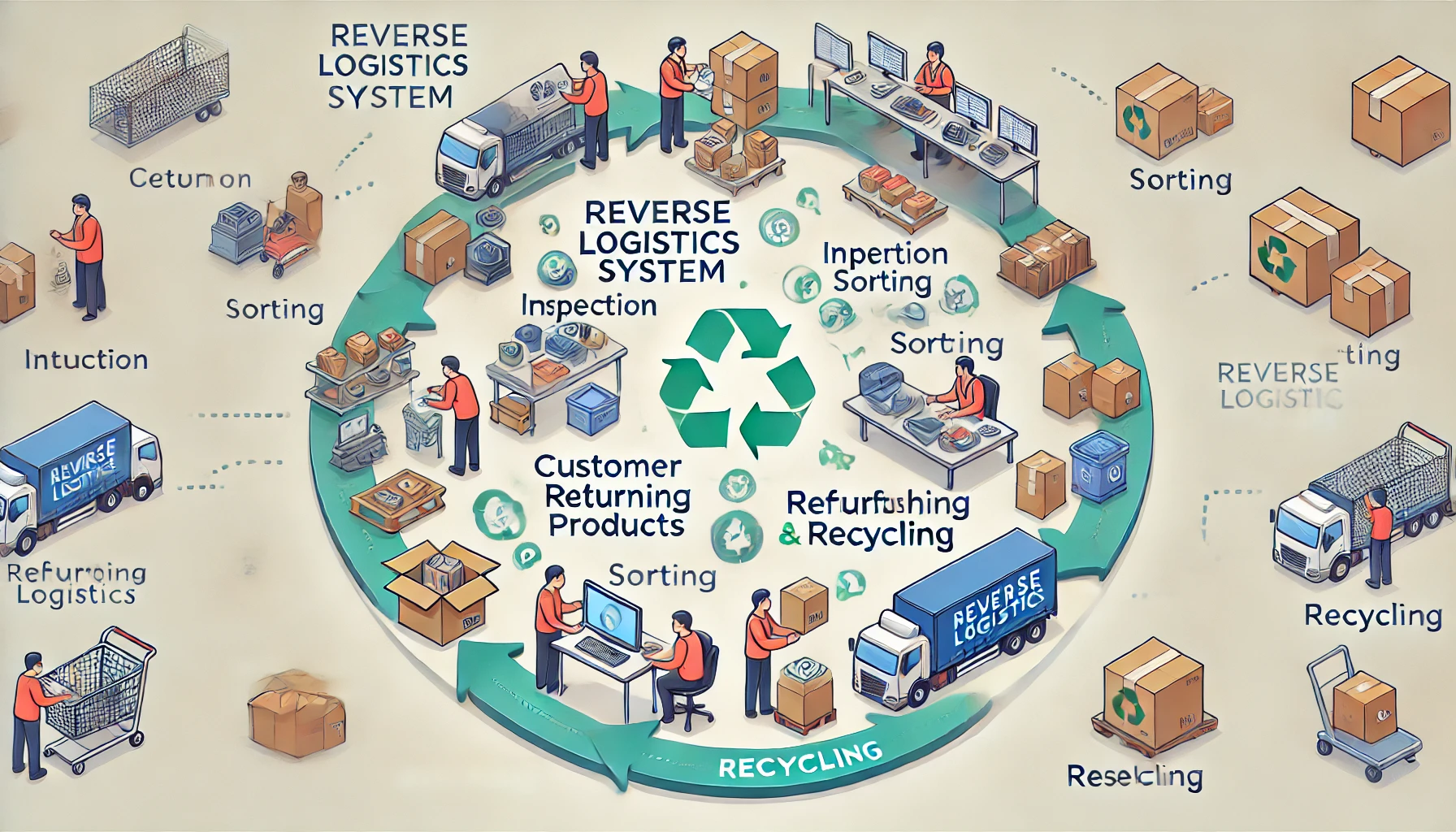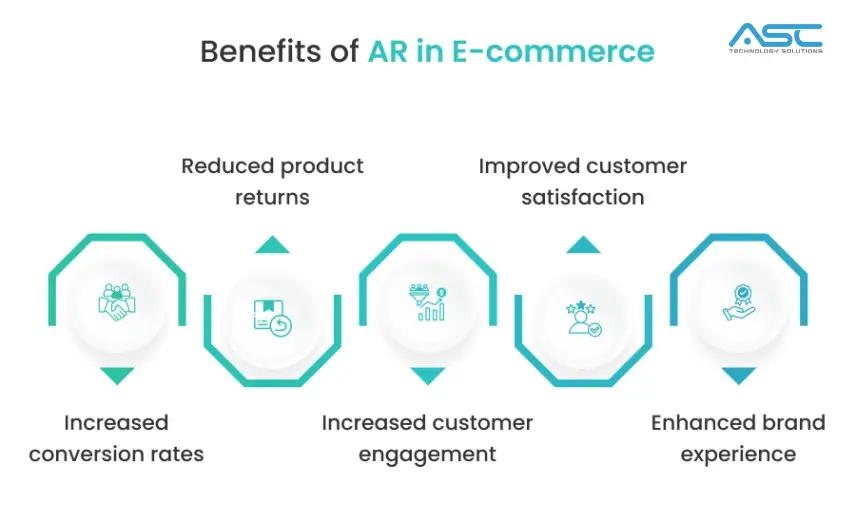The Internet of Things (IoT) has introduced a whole new way through which devices interact to support physical everyday objects and digital ecosystems. In smart homes and industrial automation, IoT networks make it possible to repair, monitor, and analyse devices and their activities in real mode. But how do you access data and how do you validate it if you are working with devices that are linked to an IoT? This blog describes the principles of monitoring data in IoT environments, how IoT gadgets operate and some understanding of the tools that enable such a function.
Whether a newcomer is interested in the IoT topic or a businessman who actively uses IoT solutions, it is essential to comprehend the flow of data and its availability to make wise decisions and constructively influence the further functioning of the system.
How IoT Devices Work
IoT objects contain sensors, embedded with processors and communication modules to collect and transfer data through the internet. These devices are associated with an IoT network that serves as the infrastructure for transmitting data between the devices and a platform or cloud service.
These devices operate in a loop: They use their receptors to pick up on the information in the surrounding environment, interpret it and either respond to it by themselves or forward it to a central control centre where it will be analysed. For instance, it detects the temperature in a room analyses the information to determine whether to make changes, and then sends signals to heaters or air conditioners among other related devices in the home.
The entire process takes place through protocols and technologies like Wi-Fi, Bluetooth, or cellular networks, so devices should be able to speak to each other no matter where they are.
Methods for Accessing Data in an IoT Network
Depending on the network communication and the utilised tools, the data collected by IoT devices can be available in several ways.
- IoT Dashboards:
Almost all IoT solutions contain interfaces in the form of dedicated dashboards or mobile applications containing current data. These interfaces have a very simple end-user interface and they offer such as graphs, alerts, performance indicators and trends. - Cloud Platforms:
Internet of Things (IoT) objects usually transmit their data to the cloud, where they are stored and processed. These sites require user names and passwords for entry and allow users full access to reports, the ability to set specific site configurations on devices and turn on analytics for future planning. - APIs (Application Programming Interfaces):
Through APIs, developers can then access device information in a more automated way. Using an API means that you can develop a specific application, or can bring the IoT data into another system more suitable for those applications. - Edge Computing Devices:
These are systems that help to bridge the IoT devices and the cloud whenever there is a need to perform critical computations on the collected data immediately. These devices work locally and are accessed through specific software or device links.
The Importance of Data Monitoring in IoT
Systems that employ IoT devices need monitoring by checking data from the devices to ensure that they are running efficiently. For instance, by monitoring machine data in Industrial IoT networks, problems that could lead to system failures can be anticipated, and thus the need to fix them is prevented. In the same way, in smart homes sharing data also gives users the means to manage the energy consumption of the devices, secure them, and increase the level of comfort.
In addition, the analysis of the data generated in IoT networks plays an important role in decision-making. This information can be beneficial for companies to improve and rationalise different processes, and customers’ experience, and even generate extra income.
Challenges in Accessing IoT Data
While IoT networks offer immense potential, accessing and managing data can come with challenges:
- Security Concerns:
To avoid a breach of security, great care must be taken for the transmission and storage of the data. - Scalability Issues:
When IoT ecosystems are established, there may be many devices accompanied by challenges in the management of devices and their data. - Interoperability:
Some IoT devices may use another protocol resulting in difficulties in interconnection, meaning that data integration may not be smooth.
These challenges could be handled, by good network configurations, encryption technologies, and platforms meant for interoperability.
Conclusion
Data validation that could be acquired from gadgets connected to an IoT network is crucial to realising IoT’s possibilities. No matter if you are using solutions such as dashboards, and APIs or working in a cloud-based environment, access and data analysis are the critical means to enhance system performance and put accurate data into practice. The information on the nature of IoT devices, and how data monitoring can be conducted, allows one to fully capitalise on the potential of the Internet of Things.
As IoT networks are becoming denser across myriad sectors, it will become increasingly crucial to gain control over data access and management for the Internet of Things to create smarter environments.





